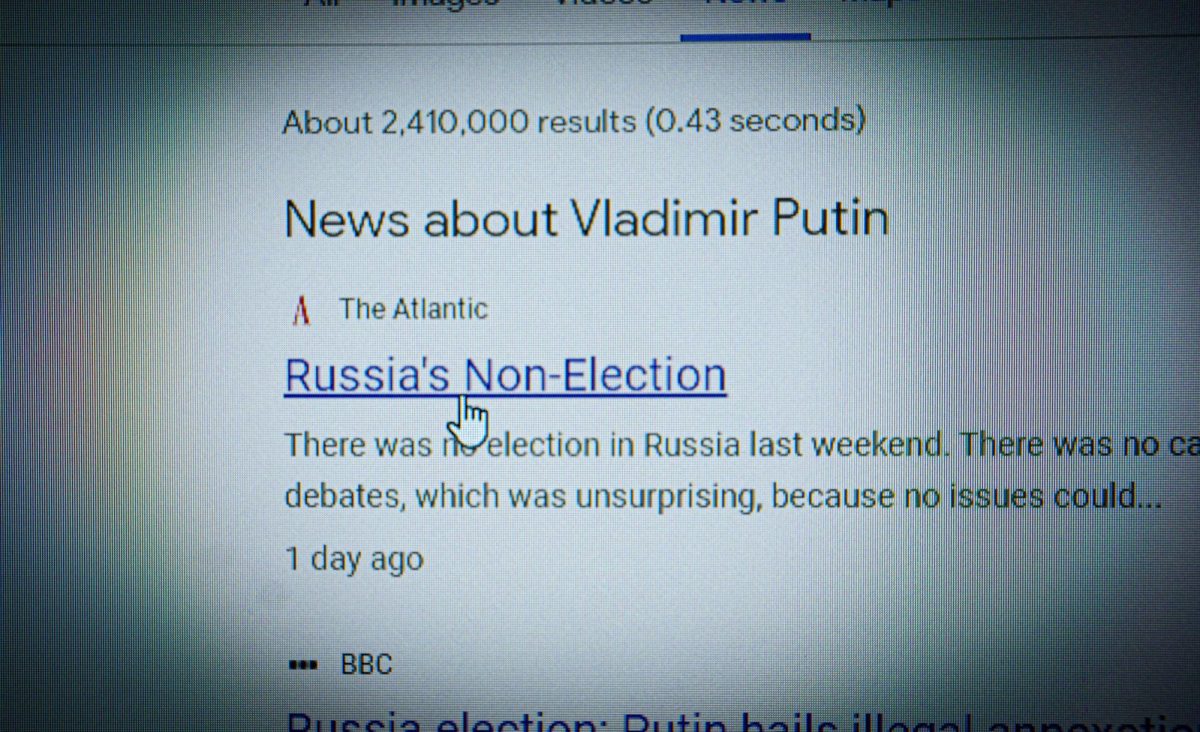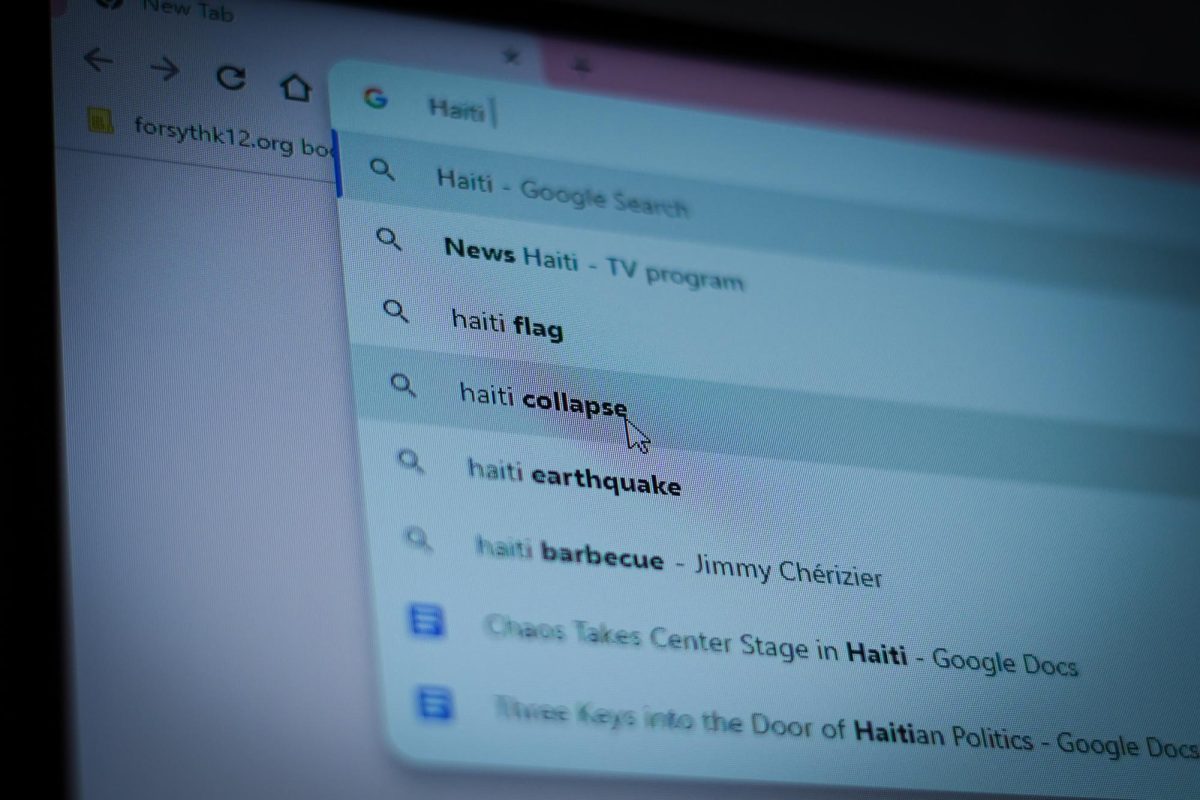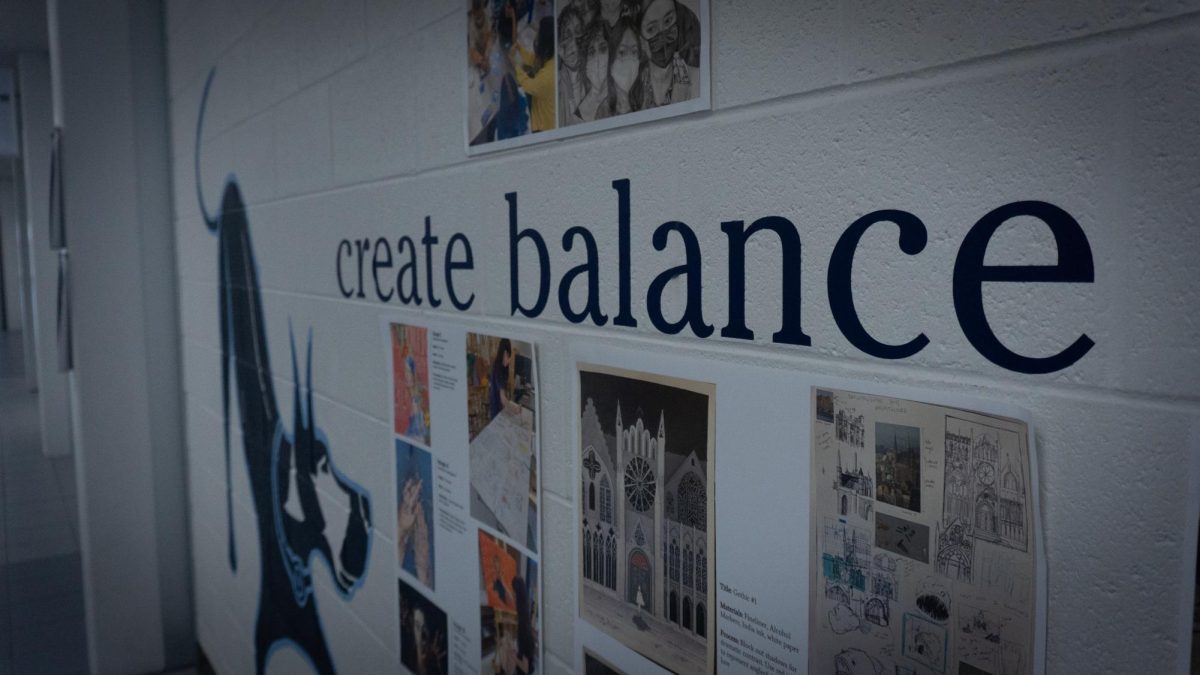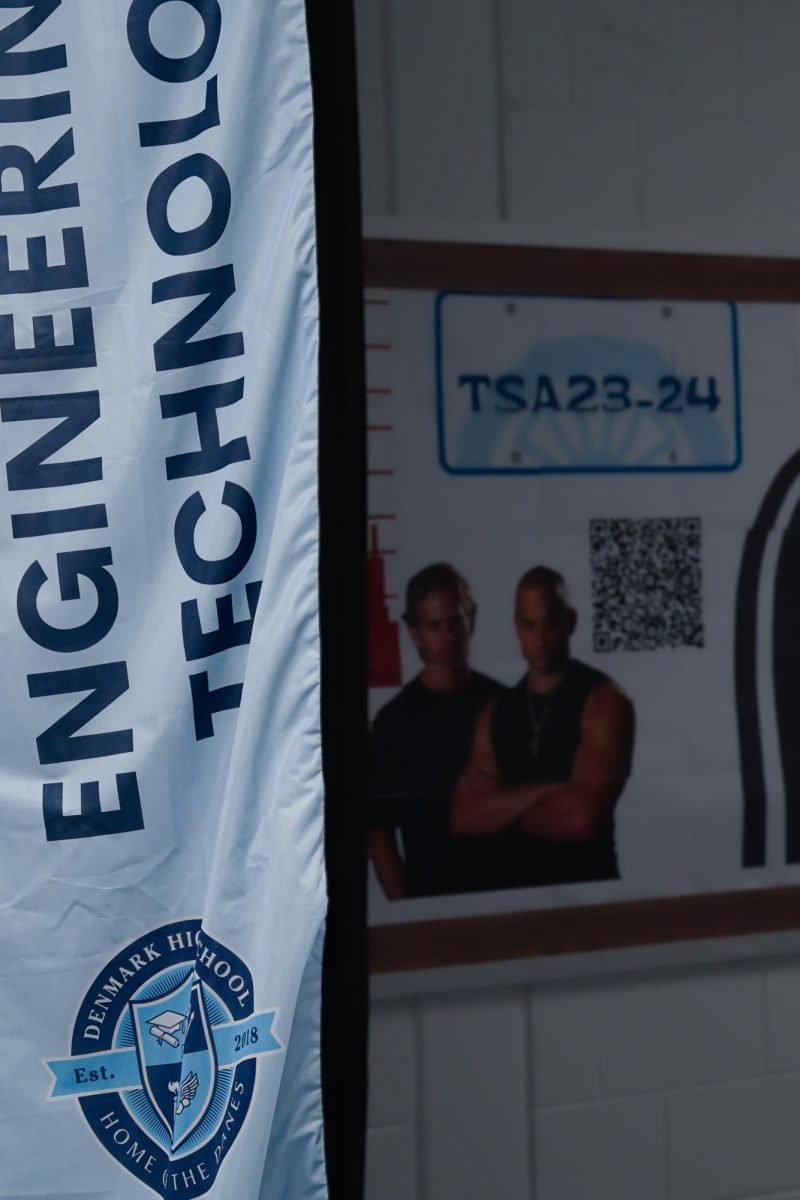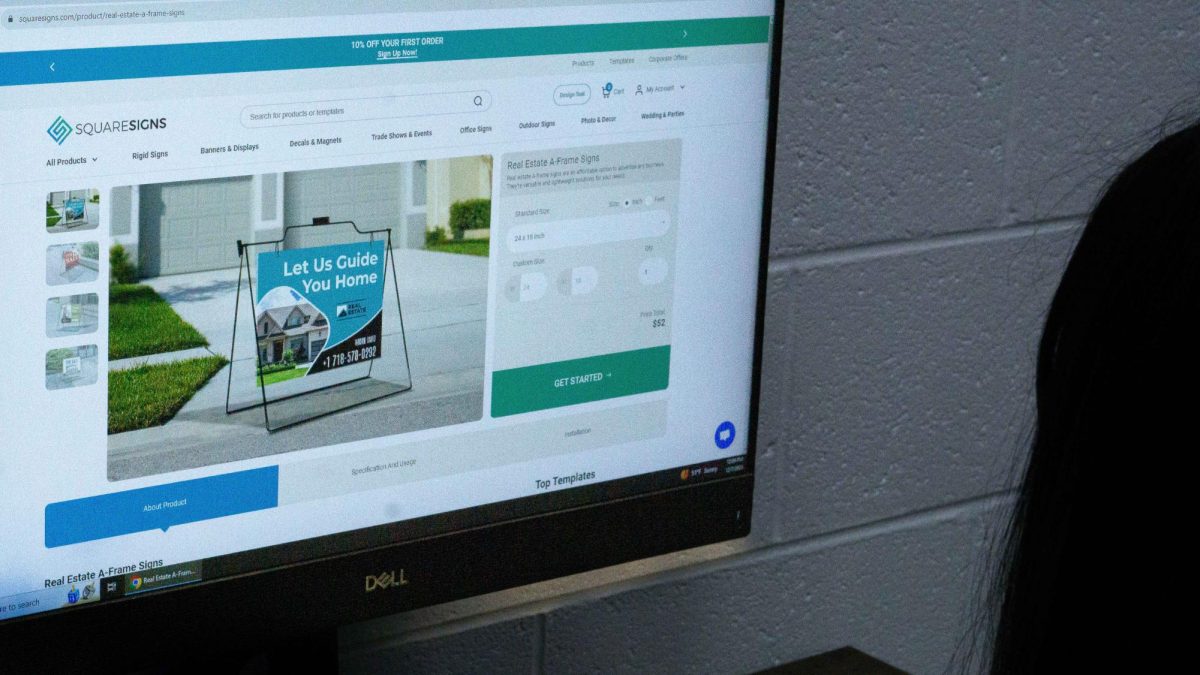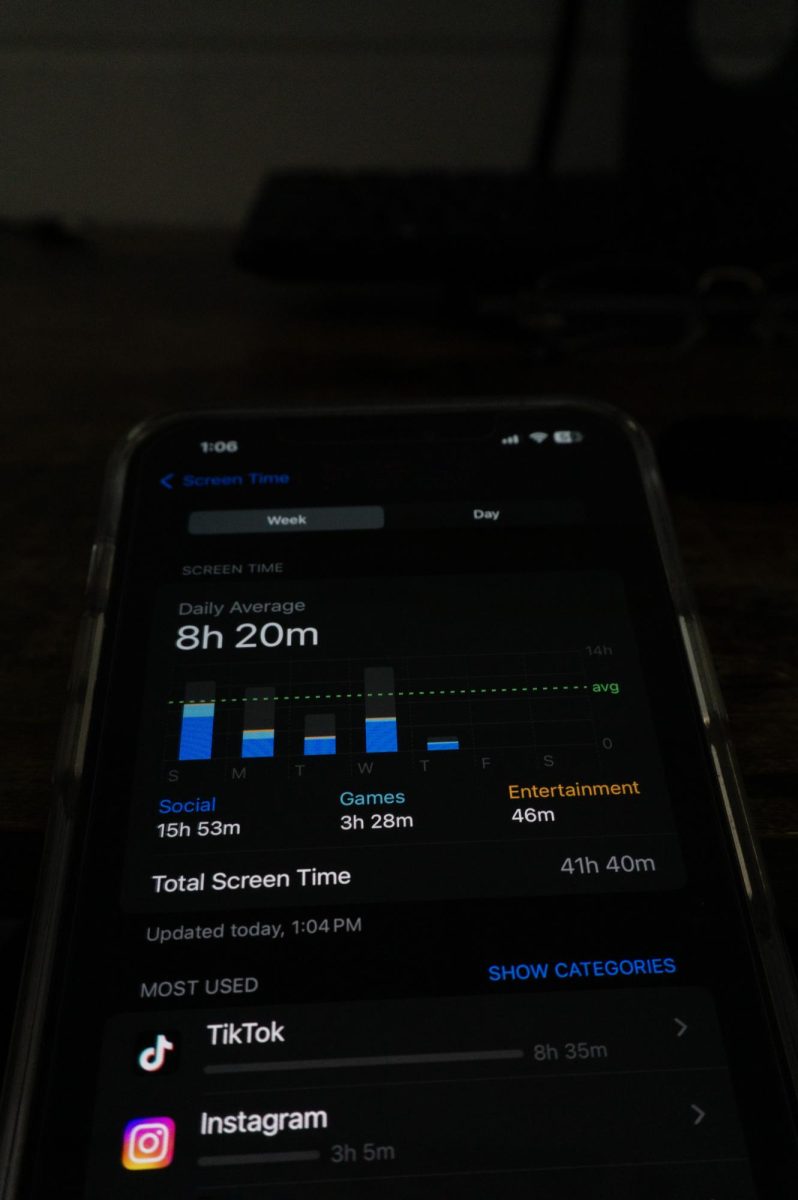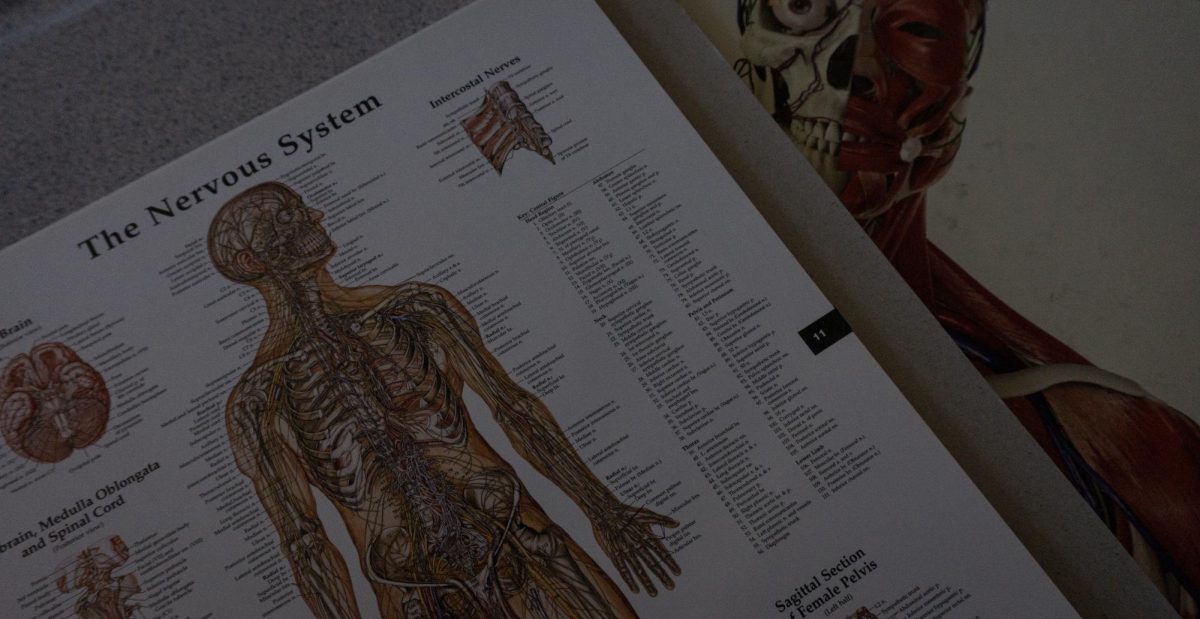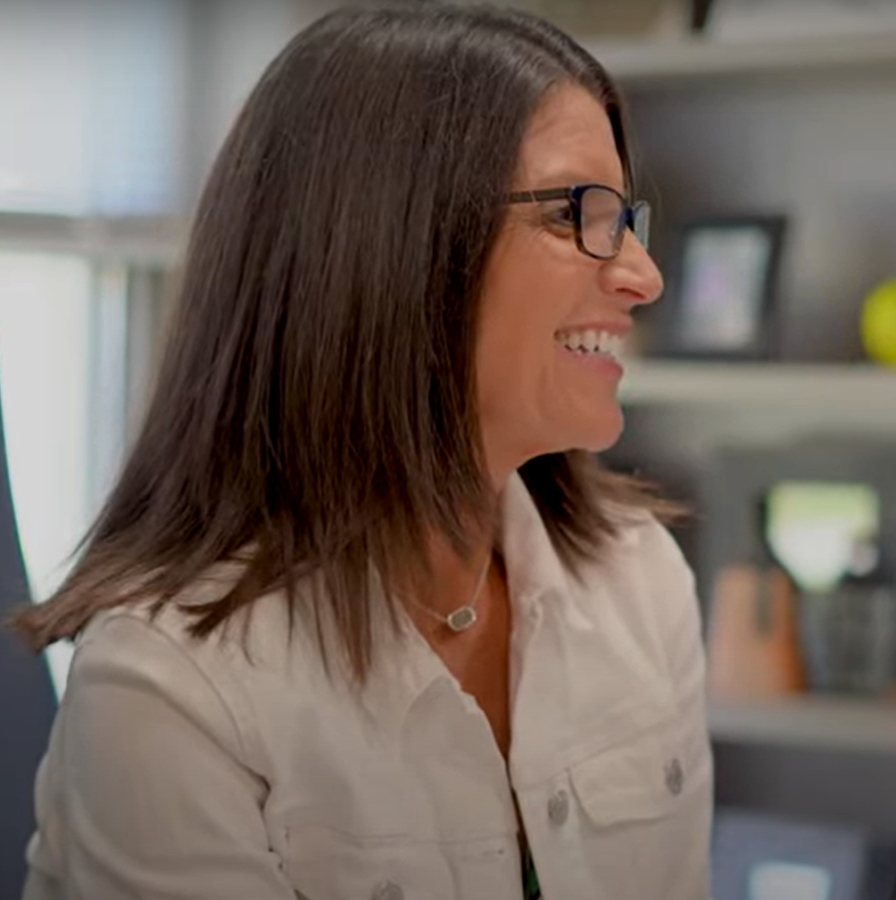Self-serve restaurants already employ robots as waiters, ChatGPT writes essays more than students do, and now healthcare is on the brink of having robots take your blood pressure. AI companies are focusing on limiting waste and human labor, enhancing patient communication and diagnosis, and using drug discovery to expand the abilities of biotechnology. With the positives, it is important to address bias and limitations, but there are many strategies in play to ensure these drawbacks are not a complication.

Doctors are non-expensable and in short supply. The integration of artificial intelligence will allow hospitals to alleviate the burden on doctors and their families, as long hours and urgent calls can be tacked on to neutral networks instead, preventing doctors personal affairs from being interrupted and allowing them to stay home more frequently. When peering through the microscope of the future, automatic technology in robotic surgeries lies on the edge of its lens. This innovation can resolve the issue of workforce shortages, and any possible malpractice conducted during surgery can be minimized with robotic clinical decision-making before and after surgery.
Some patients require face-to-face interactions, but cases such as psychological disorder determinants can be solved through AI-powered diagnosis. Rather than having a doctor go through a patient’s symptoms to determine whether or not they need a prescription, those same answers can be run through a program that can then decide whether or not a patient has a psychological disorder and which one. Similarly, nurses on call can be replaced by chatbots to answer patient questions. A HOSA officer at Denmark high school, Natalie Voskanian explains that “at the hospital [she] works at, there are many calculations that nurses have to perform… AI could be used to create a system that updates patients scores and alerts nurses if patients are high-risk.” Menial tasks during annual check ups, which are conducted with standardized procedures to measure weight, height, and BMI, can be operated instead by machine intelligence to maximize efficiency.
“When peering through the microscope of the future, automatic technology in robotic surgeries lies on the edge of its lens.”
Drug discovery is a new but revolutionizing area for AI to explore. The tedious labor of investigating drugs to determine their chemical properties can now be done through expert systems. This saves time, money, and resources—the three most crucial elements of the medical field—in order to pinpoint what may have caused an allergic reaction and get vaccines on the market faster, in lieu of spending months on testing.

To solve any flaws in clinical decision making, guidelines must be established for the helpful technological resources. The collaborators must include regulatory bodies, AI researchers, and healthcare organizations. By failing to have prior discussions with healthcare professionals, software engineers run the risk of coding programs that follow unethical procedures. Since thinking computer systems are still a fairly new concept, much investment and research will be required to tailor it towards healthcare.
AI can work as a database to examine geographical distribution, population demographics, and disease prevalence. Currently, expert systems can pick particular surgeries to fit each patient after carefully analyzing individualized risks and benefits in a way doctors never could. Demographics like these can aid doctors in having a clearer explanation to the normalcy of a disease. For example, if a patient resides in an area with abnormal amounts of sun exposure, the circumstances of that environment would justify skin cancer.
Medical errors kill “200,000 people and cost $1.9 billion annually” (Powell). Outside of expanding already-existing healthcare tactics, AI can also be used to fix issues with subsisting systems. Arterys is the first platform to receive clearance from the FDA for cloud computing in a clinical setting. Computational healthcare and medical imaging companies have immediately capitalized on this new but costly technology. Prior to Arterys, a system known as 4D Flow MRI was an imaging technology that showed blood flow to the heart, but unfortunately, servers in hospitals couldn’t read the large files. Arterys’ cloud computing provides the solution of converting the images onto a web browser to make them easily accessible. Heart scans are necessary for early diagnosis, and the efficiency that Arterys provides will save lives.
AI is not necessarily made to replace human beings but to conduct tasks as accurately as professionals can. Some of the aforementioned companies’ main goal is to make the technology available to everyday users, which would require it to be cost-effective. Butterfly Network is an ultrasound that not only offers medical imagery to undeveloped countries but is also operated with hand-held probes and requires no prior medical knowledge.
Although the medical field was a late bloomer in terms of AI incorporation, healthcare professionals now have a way to eliminate bias in clinical decision-making—as long as the risks are addressed. This provides an opportunity for doctors and nurses to still maintain their jobs while also opening up a new field of jobs for AI technicians, as faulty programs can result in misdiagnosis and need to be monitored. When visualizing a future in medicine, it is improbable to leave artificial intelligence out of the equation.
McCartney, Jim. “AI Is Poised to “Revolutionize” Surgery | ACS.” The American College of Surgeons, 7 June 2023, https://www.facs.org/for-medical-professionals/news-publications/news-and-articles/bulletin/2023/june-2023-volume-108-issue-6/ai-is-poised-to-revolutionize-surgery/. Accessed 14 November 2023.
Powell, Alvin. “Risks and benefits of an AI revolution in medicine.” Harvard Gazette, 11 November 2020, https://news.harvard.edu/gazette/story/2020/11/risks-and-benefits-of-an-ai-revolution-in-medicine/. Accessed 6 November 2023.


